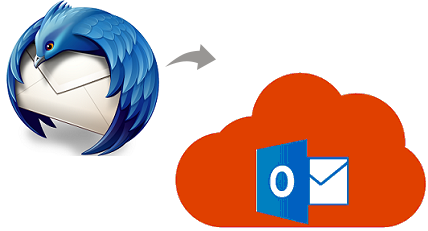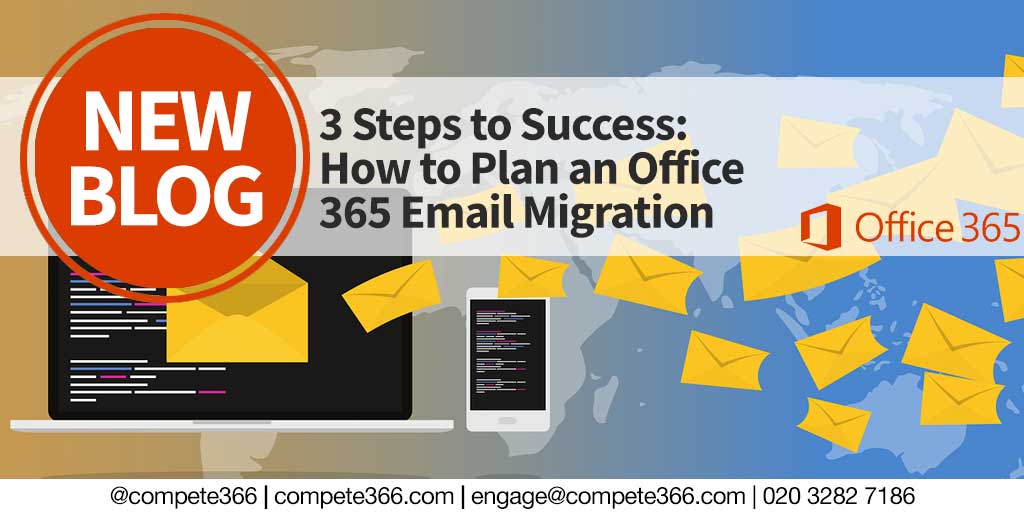
pst filesīring up to 2000 mailboxes to Office 365 (although Microsoft recommends only 150 in one migration) There are three main types of types of Office 365 migrations:Ĭutover Migration - Migrate all mailboxes at onceĪccording to this article from ITProMentor, your cutover migration requires:Ĭreate a migration batch in Exchange Online or Export Outlook data to. Your IT team needs to understand the expectations for possible downtime or your team 3. so your well-oiled business machine can keep running smoothly during and after your migration. Clearly communicate security protocols, any access changes, etc. Whether you are a team of 5 or 500, everyone needs to be in the know. State of the Dataįirst, you must understand your “point A.” How are your users currently storing or accessing data? Some points to consider:Įmail - what is your current mail server (SMTP/HTTP/POP3) situation?

When there are more intuitive, productive tools available to your team, why use an outdated one? Steps to Migrate 1. Microsoft’s Sharepoint Tips page reads like an instructional blog from Nintendo on the most advanced way in 2018 to remove dust from your game cartridge.
#MIGRATE EMAIL TO OFFICE 365 OFFLINE#
Such analog details like coordinating offline editing once you are back online Some of the most hand-tying limitations of Sharepoint and other hybrid data solutions are:

Team members need data searchability and instant updates and customers want access to app content updates and other ungated content you provide. Reasons to migrateįor many companies, SharePoint was their foot in the door to a new technological world for internal data sharing, but it is not providing the real-time data accessibility your enterprise requires.
#MIGRATE EMAIL TO OFFICE 365 HOW TO#
Learn why businesses like yours migrate to Office 365, the steps to successful Office 365 migration, and how to best secure your data in the cloud. While your company data may be sitting pretty in your on-site data storage solution, Office 365 could be a better way to access your data (as long as you protect it as well). Many organizations have used Microsoft products for years without encountering the cloud.


 0 kommentar(er)
0 kommentar(er)
